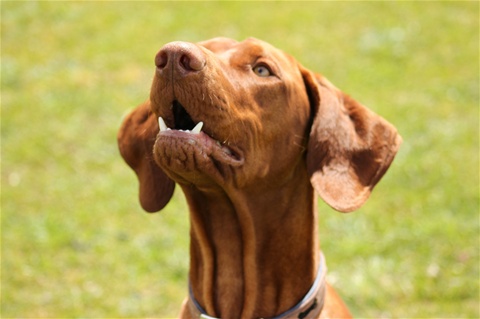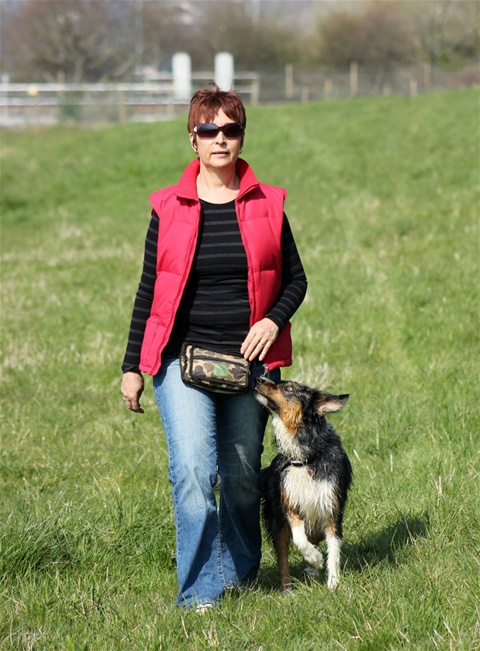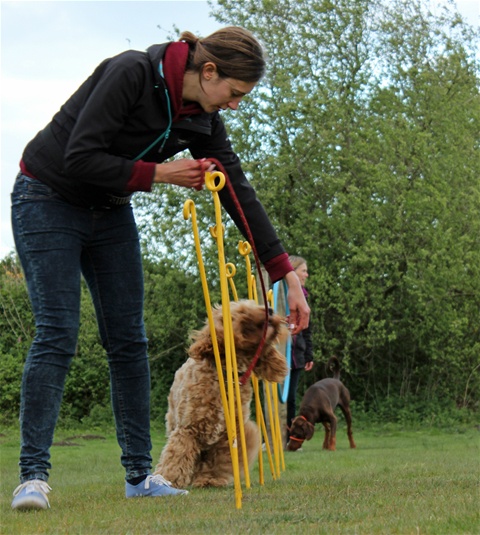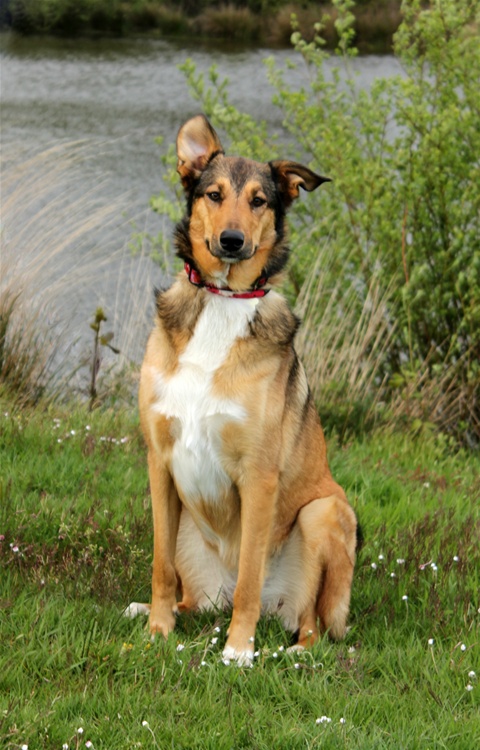Moving Forward
I'm really delighted with everyone's progress and can see you have all been working hard between classes. It's now time to develop what you have been teaching your dogs over the past few weeks by removing the food and rewarding at the end of each exercise instead of at every stage. If you have been practising enough and your hand signals and commands are consistant and understood, this should be easy. So sit, wait and you walk away, then recall your dog should be fluent and understood clearly by your dog at this stage. If any part of the exercise is proving difficult then this part should be practised seperately as individual learning for the dog and when this part is proven to be understood then practise the whole exercise as completion again and so on.
Your dogs should be doing sit, down and stand with no reward. This would given at the end of the exercise and also short lengths of heelwork, the same as above. In the next few weeks I will be assessing your progress individually and will expect all three exercises to be completed in sequence, in any order. So make sure you are prepared by doing your training regularly everyday, having a goal, plan and stategy to succeed. There will be a prize for most improved dog and most improved handler. Keep up the good work and see you all next week.



